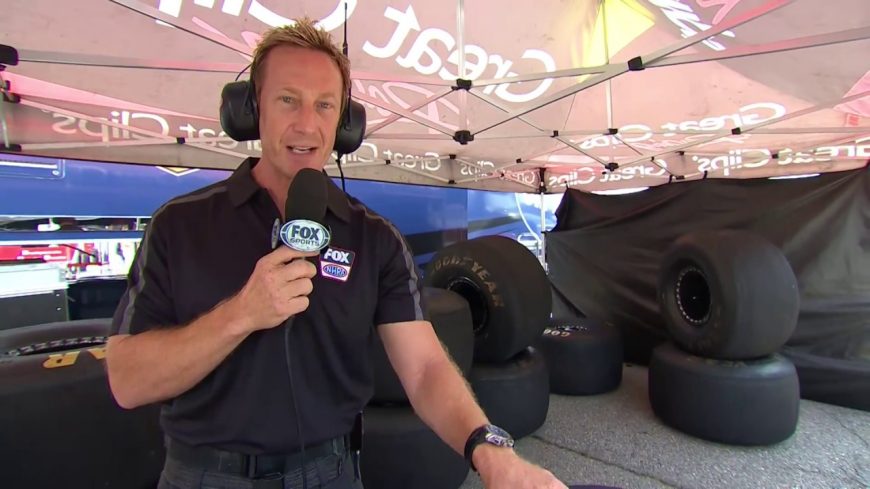The Science And Engineering That goes Behind Top Fuel Tires

For all the modern gadgetry and massive horsepower found in a top fuel car, there’s still just two big pieces of rubber sending all 11,000 of those horsepower to the track. Goodyear has been tasked with providing tires for the class that meet the rigors of both hooking all that power on the starting line and surviving the insane forces exerted on the tire at 330 MPH.
In this NHRA 101 segment, Bruno Massell takes a close up look at the massive slick used by all top fuel teams. The tires are indeed huge, standing thirty-six inches tall and measuring 17.5” across and weighing in just under 50 pounds each. That’s a lot of heft for a big ring of rubber, but the tires have to be able to do all that’s required in hooking a 330 MPH rocketship securely to the ground, at least as much as possible.
On the starting line, the tires have to flex to provide as much contact patch as possible to help keep the car hooked up and accelerating to 100 MPH in less than a second. Once the car is moving, the tire completely transforms, growing as much as 7” in height as the car races through the last 400’ or so of track.
As speeds reach 300 MPH and beyond, the tire is still fighting to keep the horsepower hooked to the track surface, but it’s no also fighting 5,000 pounds of downforce from the rear wing and the tremendous centrifugal forces exhibited by a tire spinning at such incredible speeds.
While thankfully rare, these tires do occasionally fail at speed. Steve Torrence’s devastating crash at last years Dallas race was attributed to a tire failure at speed, but as far as I can remember that was the only tire to come apart in a catastrophic manner all season.
Thanks as always to NHRA for helping us learn more about the sport we love! Look for more of these segments in the future!

